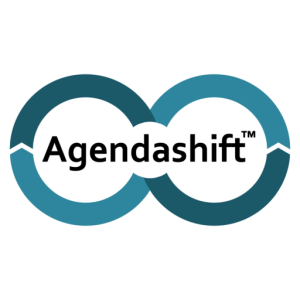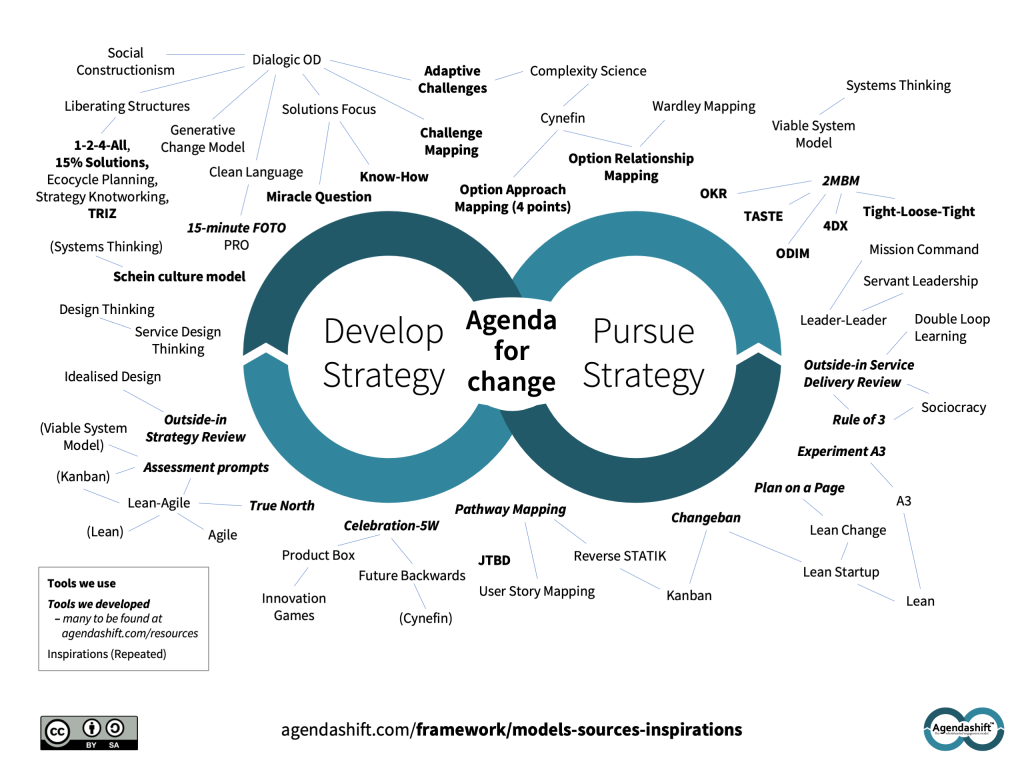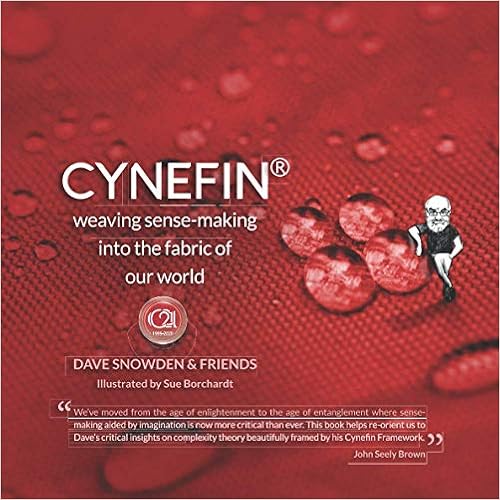Happy New Year! For me it’s a big anniversary: this time in 2013 I had spent the New Year’s break taking the principles and practices of the Kanban Method, and from them abstracting a system of nine values. Then on January 3rd, I published Introducing Kanban through its values. Kanban’s values model was born.
Nine values are quite a lot to hold in one’s head at once, so I soon learned to present them in groups:
- An initial six, or two groups of three: transparency, balance, and collaboration, then customer focus, flow, and leadership
- Then understanding, agreement, and respect, which for reasons of brevity are often subsumed under leadership
In most of the decade since, it has been my most-read post each year. And it led to my first book, Kanban from the Inside (2014), which remains a Lean-Agile classic. Great! Now what?
I had no interest in making Kanban any more technical than it already was; if anything, the values model would always draw me in the opposite direction. Neither was I drawn to the emerging Kanban Maturity Model (or any other such model). What I did instead was to allow a common problem to bother me: why do so many people arrive at the training class not knowing why they are there? Tempting as it might have been to see that as a failure of administration or marketing, I saw it instead as a symptom that there were important organisational conversations that simply weren’t happening.
I realised quickly that this problem was far from unique to Kanban. To those that resent having had Scrum or (later) SAFe thrust upon them, the Agile manifesto’s “People and interactions over processes and tools” must ring rather hollow.
That took me away from Kanban into the realms of organisation, leadership, and strategy, to the development of Agendashift, and then sort of full circle, not back to Kanban and Lean-Agile specifically, but to business agility. Ten years on, as practice gets refined through use, as its message gets refined through the telling, and as we dig ever-deeper roots into the available theory, three main topic areas co-evolve together:
- As described now in two editions of the Agendashift book (2nd ed 2021), Agendashift the engagement model (thank you Daniel Mezick for describing Agendashift as such) and dialogic/generative organisation development approach (thank you Gervase Bushe & Bob Marshak), a way for practitioners to approach organisations without prejudging what solutions they will employ(/impose/inflict) and instead to help them have those missing conversations – engaging in participatory strategy, as it turns out
- The wholehearted organisation, a deliberately minimalistic values-based model of organisation and leadership, a spinoff from my third book, Right to Left: The digital leader’s guide to Lean and Agile (2019, audiobook 2020) that unexpectedly gained a life of its own
- The leadership development curriculum Leading with Outcomes, which compared to Agendashift minimises detail relevant mainly to practitioners, and instead distils some easily-learned patterns, strategies, and organisational models relevant to leaders at all levels, leaders in transforming organisations most especially
Explicitly in both Agendashift and Leading with Outcomes and implicitly in wholehearted, we have doubled down on the eighth value of that initial nine-value model, namely agreement. What if we put agreement on outcomes before solutions? One way or another, I’ve been asking that question for most of the past ten years, and I have no doubt that it will keep me going for a good while yet.
I no longer identify as a Kanban guy. That separation was necessary to what followed, but all these years later I remain proud of the work I did there, of that first book, and of the blog post that started it all. Not that I’m planning on retiring anytime soon, but I have long seen it as marking the beginning of the rest of my career.
[Comment on this post on LinkedIn]
Related:
- What I really think about Kanban (April 2022)
- Agendashift is not a maturity model (November 2018)
- On values, meaningfulness, and change – parallels with Bateson and Mead (May 2022)
- Towards the wholehearted organisation, outside in (May 2018)
Agendashift™: Serving the transforming organisation
Links: Home | Subscribe | Events | Media | Contact | Mike
Agendashift Academy: Leading with Outcomes | Trainer and Facilitator Programmes | Store
At every scope and scale, developing strategy together, pursuing strategy together, outcomes before solutions, working backwards (“right to left”) from key moments of impact and learning.
Upcoming events
Recent changes:
- Leading in a Transforming Organisation (London) is brought forward a week to 25-27 June
- Added Leading in Transforming Organisation (Southampton), October 8-10
- Webinars and experience/practise sessions taking a break now until the autumn
May
- 14 May to 22 February, online, Tuesday & Wednesday afternoons (UK time):
Leading with Outcomes: Train-the-Trainer / Facilitator (TTT/F)*
June
- 4-6 June, Berlin, Germany
Leading in a Transforming Organisation (Berlin)* - 25-27 June, London, UK:
Leading in a Transforming Organisation*
October
- 8-10 October, Southampton, UK:
Leading in a Transforming Organisation*
*For TTT/F and Leading in a Transforming Organisation, ping me for coupon codes if any of the following apply:
- Employees in public sector, education, and non-profit organisations get 40% off, as do authorised trainers and facilitators
- There are subscription-specific discounts for Agendashift Academy subscribers
- Members of the old partner programme get 30% off
- Past participants of Leading in a Transforming Organisation can re-attend with 60% off (75% if you work for a public sector, education, or non-profit organisation)
- Past TTT/F participants can re-attend online for free





